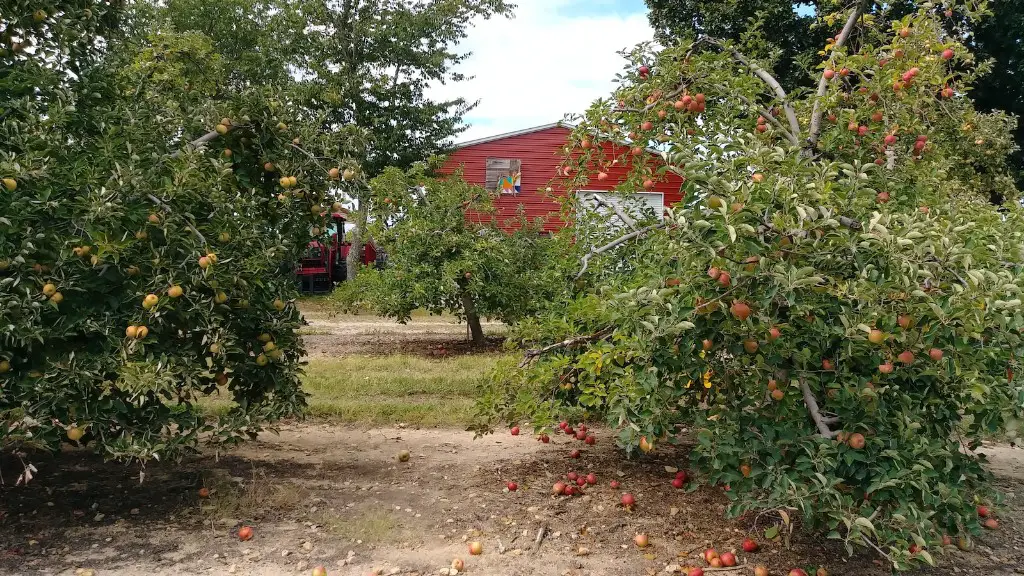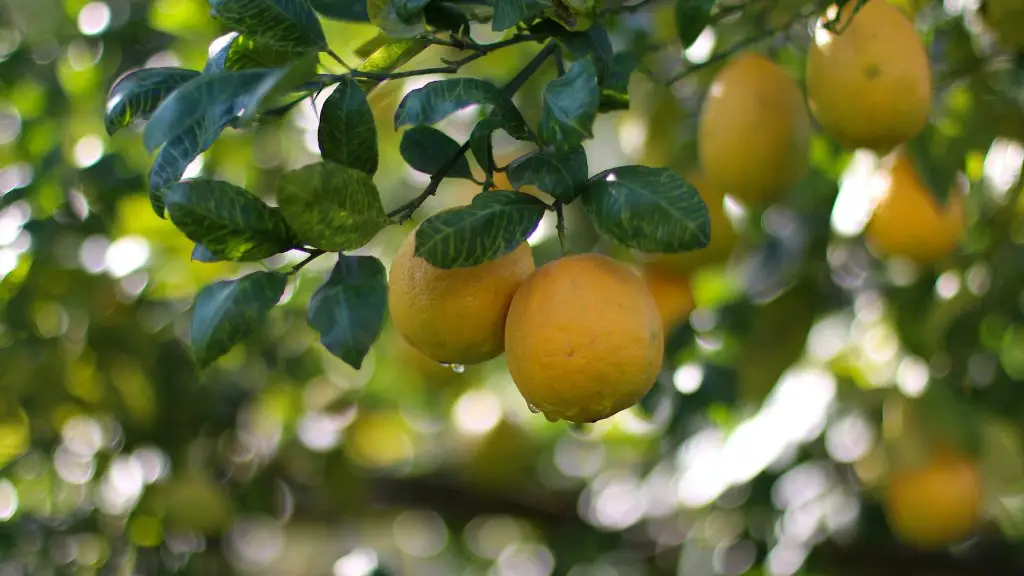Avocados are enjoyed the world over and have become increasingly popular over the years. But what is an avocado tree and how high do they grow?
Avocados are actually fruit of the Persea americana, commonly known as the avocado tree. The avocado tree has its origins in Mexico, but it is now strong and resilient enough to grow in many areas around the world with a tropical climate. The tree can reach a mature height of anywhere between 30-65 feet, with a spread of anywhere from 15-30 feet.
The tree has an oval-shaped trunk and the branches grow in a rounded upright form. Its leaves are glossy and dark green in colour. The fruit has a leathery skin, with the texture and colour varying from tree-to-tree with the some of the varieties including the Fuerte, Sharwill and Zutano.
The tree will usually flower between April to July, with the white-tinted flowers grouped in clusters. The fruit of the tree will usually be ready to harvest between July and November, with the higher yielding varieties typically taking longer to grow.
To ensure their avocado trees bear much fruit, farmers are encouraged to practice crop rotation, sanitation and pruning. Through these techniques, the farmers are able to ensure the health of the trees, by weeding out pathogens and promoting healthy growth.
Regular fertilization with a balanced blend of nutrients is also important to guarantee a good harvest. To get the most from their trees, farmers will ensure that the tree is properly irrigated and not subjected to excessive amounts stress or damage.
Diseases That Affect Avocado Trees
Avocado trees are vulnerable to several diseases, many of which are airborne and spread easily. Common diseases include root rot, burrowing nematodes, black streaking and anthracnose. Early detection and prompt treatment are important to help reduce the severity of the problem and lessen the impact on the tree’s overall health.
Farmers should also pay close attention to pests such as aphids, weevils, scale insects and mites. If left unchecked, these pests can potentially cause significant damage to the tree. Farmers should check for tell-tale signs of infestation, such as discoloured foliage, which can indicate an infestation of some kind.
Misconceptions About Avocado Trees
There are several misconceptions about avocado trees that need to be corrected. To begin with, they do not need to be planted in soil; they can in fact be grown in pots, water or a hydroponic system. Additionally, their root systems can be shallow and should not require deep soil. It is therefore important to provide the correct growing environment, in order for the tree to thrive.
Another common misconception is that they are easy to care for, however this is actually not the case. Avocado trees need a lot of attention and can be quite sensitive to environmental changes. They should be kept away from wind, frost and too much sun, as this can affect their growth. Additionally, the trees should be checked regularly for the signs of pests and diseases, as treatments can become difficult if the problem progresses too far.
How To Grow Healthy Avocado Trees
In order to grow a healthy, productive avocado tree, farmers must ensure that the growing environment is suitable, with the correct sunlight and soil conditions. Regular fertilization and irrigation are also important to stimulate growth. The tree should also be checked regularly for signs of pests and diseases. By following these tips, it is possible to grow a strong and healthy avocado tree.
When planting the tree, farmers should also bear in mind that the correct spacing needs to be maintained, so as not to overcrowd the tree. Finally, they should keep in mind that avocado trees are vulnerable to wind and frost, especially when young. Therefore, protecting the tree is important to ensure that it remains healthy.
Impact of Climate Change On Avocado Trees
Climate change is one of the most pressing environmental issues of our time, with global average temperatures having risen by 1.1 degrees Celsius since the start of the Industrial Revolution. This increase in temperature has had an impact on the avocado tree, with the fruit becoming more difficult to produce. Extreme temperatures can be damaging for the tree, with prolonged periods of heat and cold causing stress, which can limit fruit production.
Changing rainfall patterns have also had an impact, with some areas experiencing more frequent droughts, leading to reduced water availability. This can be particularly damaging for the tree’s root system, as it needs water to stay healthy and grow. Farmers need to be prepared for these changes and ensure that their trees are receiving the correct amount of water.
There have also been reports of increased pest infestations, as the climate has become more suitable for the species. To prevent infestations, farmers are encouraged to practice crop rotation and pest control techniques, in order to protect their crops.
How To Make The Most Of An Avocado Tree
Avocado trees can provide a good source of income to farmers if managed correctly. Farmers should consider investing in advanced irrigation systems, to help control the amount of water the tree receives. They should also ensure that the tree is correctly fertilized and get into a regular pruning routine to promote healthy growth.
It is also important to monitor the tree for pests and diseases, so that treatments can be applied quickly and effectively, to reduce the impact of the problem. Finally, farmers should ensure that the tree is properly protected from wind and cold, as this can affect its growth and fruit production.
Conclusion On Growing Avocado Trees
To conclude, it is important to note that avocado trees are resilient and are capable of growing to heights of up to 65 feet, when cared for correctly. Farmers should ensure that they are providing the correct environment, with the correct water, soil and lighting conditions. It is also important to regularly check the tree for signs of pests and diseases. Finally, it is important to protect the tree from the wind, frost and too much sun, as this can affect its growth and fruit production.



